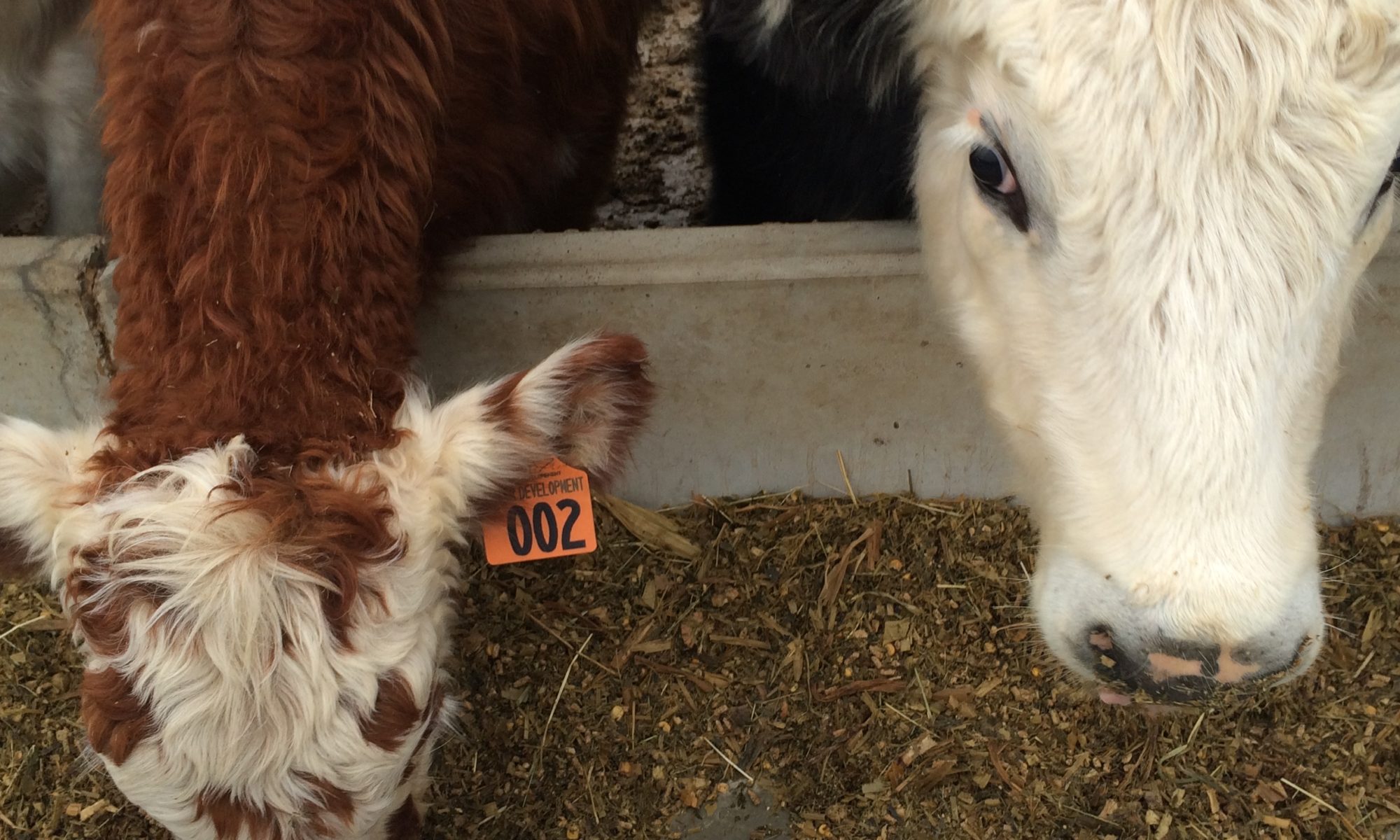

Dr. Andrew Griffith
Assistant Professor
Department of Agricultural and Resource Economics
P: 865-974-7480
What a title to headline an article about cattle marketing? But, it is very appropriate, and it applies to more than just cattle marketing. The abridged version is that uncertainty in markets leads to volatility, which then leads to opportunity and risk. Continue reading for a little more detail, or stop reading if the statement sounds ignorant.
Nearly every market agricultural producers participate in is in a severe state of uncertainty. This uncertainty is most obvious in input markets for fertilizer, chemical, and fuel as well as in commodity markets including feed grains, oilseed, cattle and other livestock. The uncertainty stems from several sources including Russia/Ukraine, ongoing drought, temperatures during planting season, and expectations of agricultural production domestically and internationally. The increased degree of uncertainty has led to an increase in input prices and volatility in output prices.
Many individuals including agricultural producers typically view the word volatility as a “bad” word. The reason for this thought process is that humans desire consistency and predictability, and those same human beings are afraid volatility will work against their best laid plans. For instance, cattle producers fear they will need to market cattle when volatility has sent cattle prices in a tail spin. The same can be said for feed grain and oilseed producers. Similarly, the same people are afraid they will have to purchase inputs such as fuel and fertilizer at the point when prices of those inputs have increased due to volatility. These scenarios certainly can occur and do occur. However, they are the worst-case scenario, which is where many people’s thought process begins and ends. The problem with this way of thinking is that volatility also means the prices of those same goods had to move in the opposite direction, which would have benefited those same producers. Thus, enter opportunity and risk.
When prices of inputs or outputs have considerable volatility, there also exists opportunity and risk. Many people view risk in a negative connotation, but it has both a positive side and negative side. Being in the cattle business is risky, but cattle producers take that risk because there is a chance at a reward while also a chance of failure. This means taking on risk can result in a reward or loss. As volatility dominates cattle markets, specifically the futures market, there exist opportunities to price cattle at advantageous prices either using the futures market, Livestock Risk Protection insurance (LRP), or maybe even forward contracting cattle. These pricing mechanisms do not come without risk in that a person can make a decision and then the market works against them.
It is important to remind producers that failure to make a decision is a decision as well, and it carries more negative risk than making an active decision. This means a person actively attempting to market cattle will likely face less risk than the person who does nothing. On rare occasions, the producer who is not an active marketer comes out ahead of the person who is an active marketer, but it is rare.
Once again, uncertainty leads to volatility, which then leads to opportunity and risk. As a fellow cattle producer, it is imperative to actively search for the opportunities the market is offering at any given point, because every day it offers an opportunity. Sometimes the opportunity is in selling and sometimes it is in buying. In other words, it may be appropriate to sell cattle today and buy them tomorrow or vice-a-versa. The question is if the decision maker is willing to take the risk.
The one thing that is guaranteed not to benefit the process is cattle producers complaining about how low cattle prices are. If cattle prices are really too low then every cattle producer should be buying as many cattle as possible. Prices will eventually increase. It is rare to hear a cattle producer say prices are too high unless they are the person buying the cattle. If that is the case, then the person should stop buying cattle and sell all the cattle he or she has. Prices will eventually decline and then that person can purchase more. Then there are those who will read this and say “What are you talking about Willis?” or “Andrew Griffith could not fill up a Skoal can with common sense.” That may or may not be true, but leaning on my own understanding and perceived wisdom would be a mistake anyway!